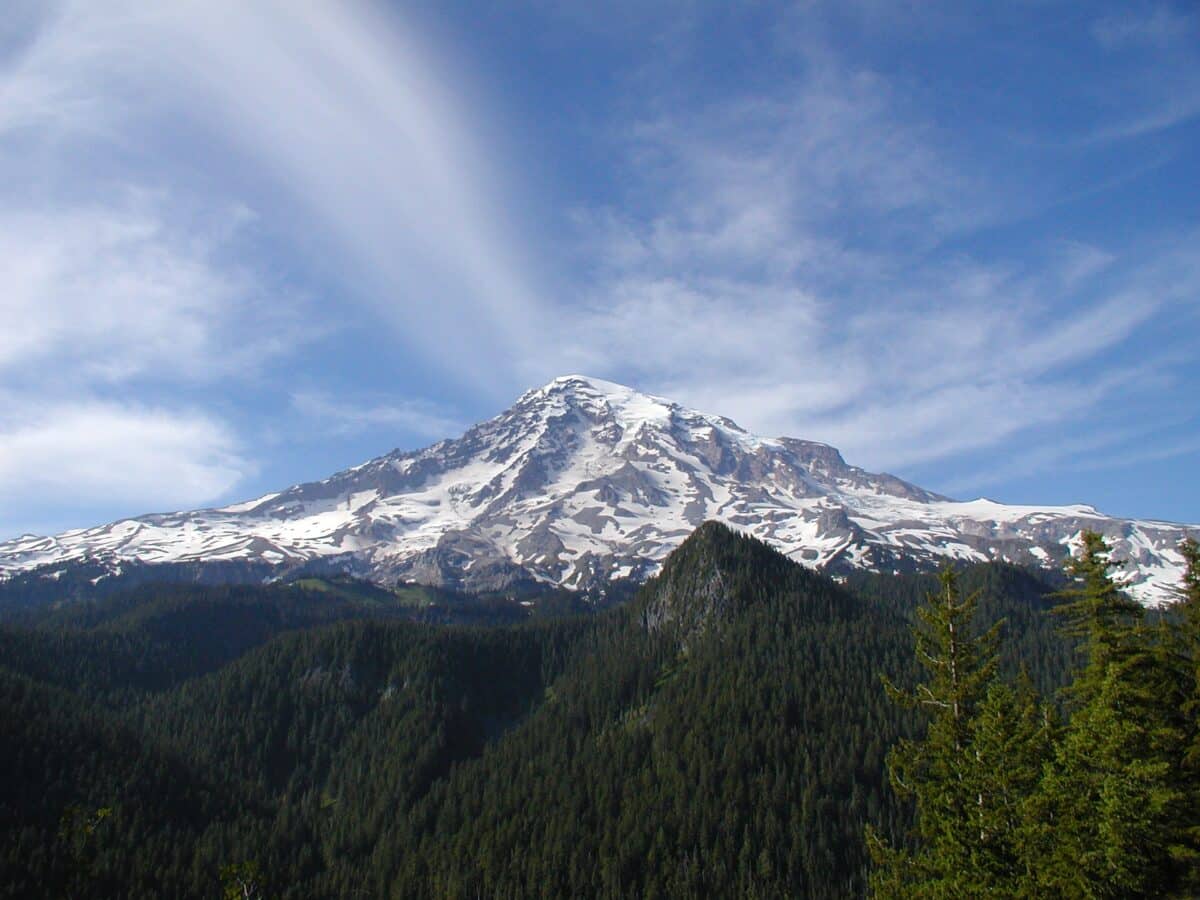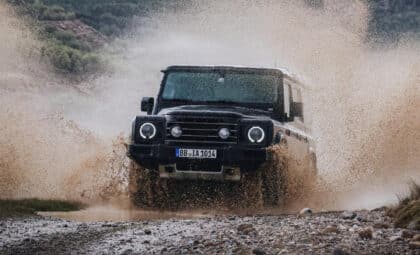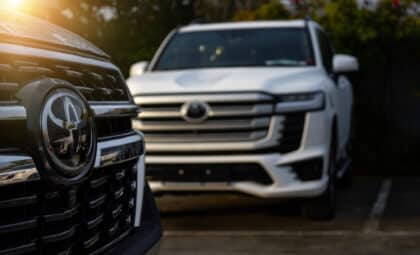
Photo: Damon Pistulka via Pixabay
Mount Rainier National Park sprawls over 236,380.89 acres, providing a challenging, breathtaking setting for any nature lover’s adventures. If you’re planning a vacation to Seattle or Tacoma, you’ll want to include this place on your itinerary. Here are some important things to know about planning a trip to this national park.
Time for Service? Check these items on your vehicle before heading on your next road trip
Best time to visit

According to U.S. News & World Report, the best time to visit the park is July through August, when the weather is at its warmest and driest and the wildflowers are in bloom. If you want to avoid crowds, visit during the week instead of on the weekend.
If you want to avoid park traffic, which tends to hit a peak at mid-day, make sure you arrive earlier in the morning or later in the afternoon. Per the National Park Service, the Nisqually and White River entrances can have over one-hour wait times during the summer season because the road into the park eventually goes down to just one lane. It’s also wise to have a backup plan and alternative destinations in mind, in case the areas you planned on seeing are more crowded than expected or the roads are closed due to snow or heavy rain.
Park admission and navigation tips

Photo: Pixabay
It’s worth noting that the winter season here lasts from November through May, so many of the main roads might be closed if you visit during this timeframe. Check the park’s website for road closure notifications before you visit.
Admission fees vary depending on what type of vehicle you drive into the park or if you enter via motorcycle, bike, or on foot. Browse the current entry rates on the NPS website here. You can also purchase a digital pass ahead of time to save time at the park’s entrance when you visit.
Due to the park’s remote location, it’s wise to download NPS maps of the park and trails ahead of time, to minimize the chance of getting lost. Though, you can also stop at one of the park’s visitor centers to find out more information about which trails might be best for you and your crew and to procure some hard-copy maps before starting your hiking.
More Peace of Mind: Discover the advantages of servicing your vehicle at a dealership
Hiking tips and trail suggestions

Photo: Pixabay
According to the NPS, the park is organized into five developed areas: Paradise, Sunrise, Longmire, Ohanapecosh, and Carbon River & Mowich. If you’re day hiking, you don’t need a permit. however, if you’re camping overnight in one of the park’s many wilderness areas, you’ll need to obtain a permit from one of the visitor centers.
You can find a variety of trail maps on the NPS website here. Which trails you choose to conquer, however, are entirely based on your preference.
Three shorter hikes worth doing are the Reflection Lakes, Paradise, and Grove of the Patriarchs. The first path takes about 3 hours and spans 3 miles round-trip, the second takes about 2 hours and spans 1.5 miles, and the third one takes about 1.5 hours and spans 1.2 miles.
Tolmie Peak Hike spans 5.6 miles with an elevation gain of 990 feet. You’ll have to weather 17 miles of gravel-road driving before reaching the trailhead. But this trail boasts some of the park’s most stunning vistas, so it’s a popular hike for visitors to choose. Sunrise Rim Trail spans 5.7 miles with an elevation gain of 800 feet. This trail also has a 3-mile section from Yakima Park to Emmons Overlook that’s more kid-friendly, if you’ll be hiking with young ones.
For a more ambitious hike, try the Gobblers Knob + Lake George or Summerland trails, which are around 11 miles round-trip each. The first is one of the most remote areas of the park, which makes it a prime place for seeing wildlife. The latter trail is comprised of rolling terrain which transitions into switchbacks as you near the Summerland shelter. It’s a great spot to get wildflower pictures.
Wildlife you might see

Photo: Pixabay
Mount Rainier National Park is home to a spectrum of species. From rodents like mice, gophers, squirrels, marmots, and porcupine to hoofed mammals like elk, mountain goats, and deer. Skunks, raccoons, and weasels also dwell in the park. Foxes, bobcats, coyotes, mountain lions, and black bears are some of the park’s large mammals that you might spot during your visit.
Whitney Russell is a current resident of Dayton, though her spirit can be found beach-bumming in Puerto Rico (the land of her half-Puerto Rican heritage). When not adventuring through the exciting world of car news, she can be found hiking with her husband and their two dogs, visiting nephews and nieces, discovering new memes, thrifting, decorating, crafting, woodburning, researching random things, and escaping into a great movie. See more articles by Whitney.










